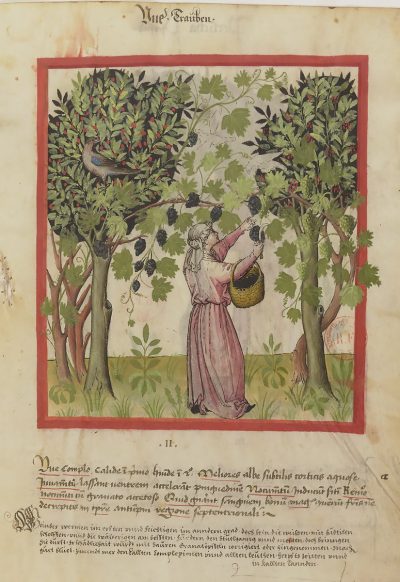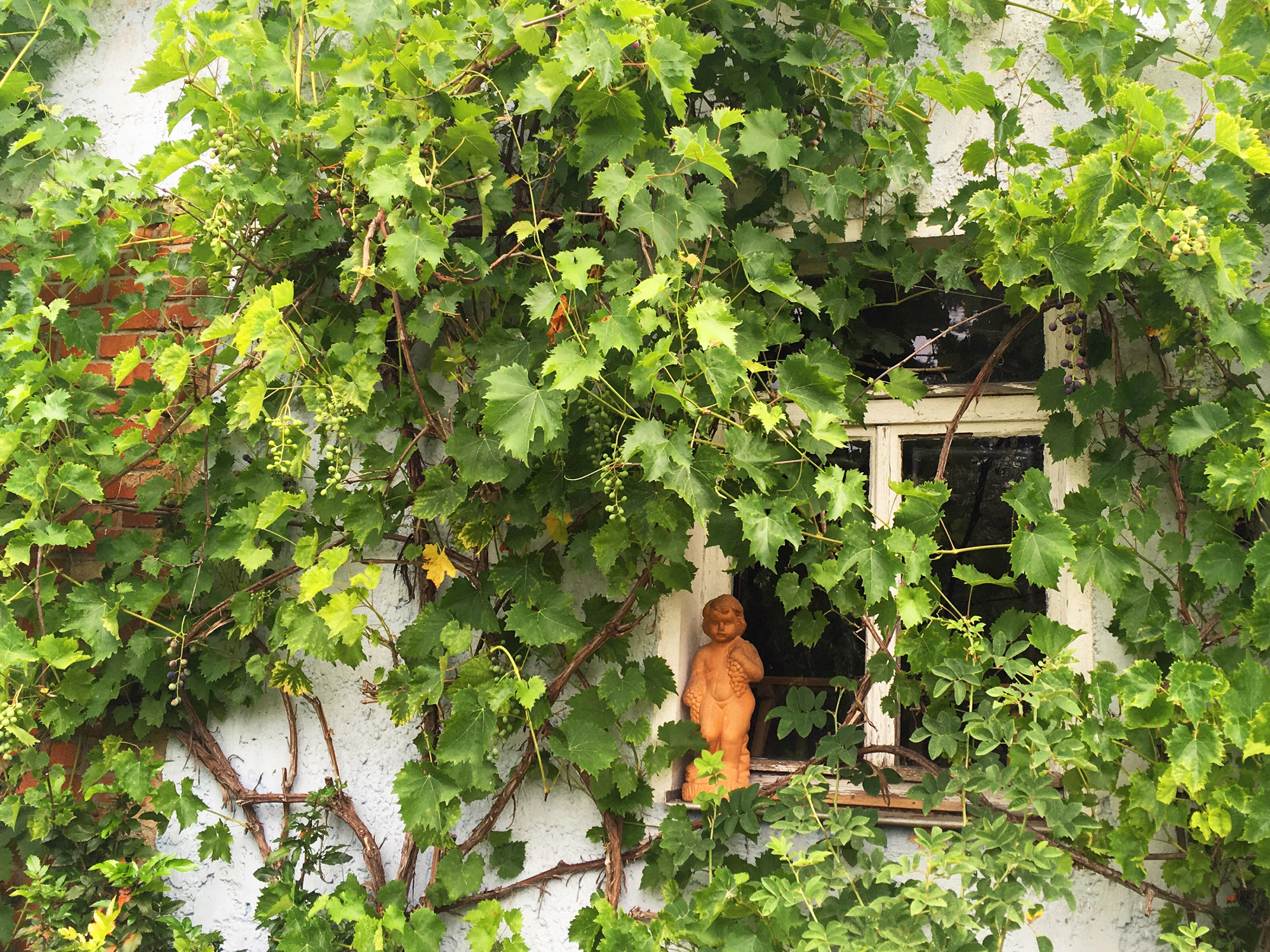
Vine twigs Figures 29a, 29b Quote 16 RECONSTRUCTION
“Another black is made of the tendrils or young shoots of the vine, which are to be burned, and when burnt, thrown into water, and quenched, and then ground like other black pigments.”[1]

The author of De Arte Illuminandi[2] as well as Cennini both refer to vine twigs and tendrils, left-overs from pruning. Burning these plant left-overs in order to produce a pigment was a smart method of recycling. Vine twigs can be simply burnt directly at the site, without the necessity of using crucibles. Pruning of vine plants happens everywhere where viticulture is carried out. It is therefore not surprising that Italian authors describe this method. Reconstructions show that burning of fresh vine tendrils and twigs is not as easy as it sounds. After an initial drying process, thin twigs burn quite quickly. Determining the precise time when water should be added is quite tricky, because while some twigs are still unburnt, other parts have already turned to ashes.
[1] Cennini. c. 1400. in, Merrifield. 1844. A Treatise on Painting. Written by Cennino Cennini in 1434: p. 21. A more recent translation is published by Broecke, Cennino Cennini’s Il libro dell’arte: A New English Translation and Commentary with Italian Transcription: Chapter 37, p. 60.
[2] De Arte Illuminandi, National Library Napoli, HS 1II.E.27. 1350-1400. In: Brunello. 1992. De Arte Illuminandi: p. 46, 47
[1] Cennini. c. 1400. in, Merrifield. 1844. A Treatise on Painting. Written by Cennino Cennini in 1434: p. 21. A more recent translation is published by Broecke, Cennino Cennini’s Il libro dell’arte: A New English Translation and Commentary with Italian Transcription: Chapter 37, p. 60.
[2] De Arte Illuminandi, National Library Napoli, HS 1II.E.27. 1350-1400. In: Brunello. 1992. De Arte Illuminandi: p. 46, 47